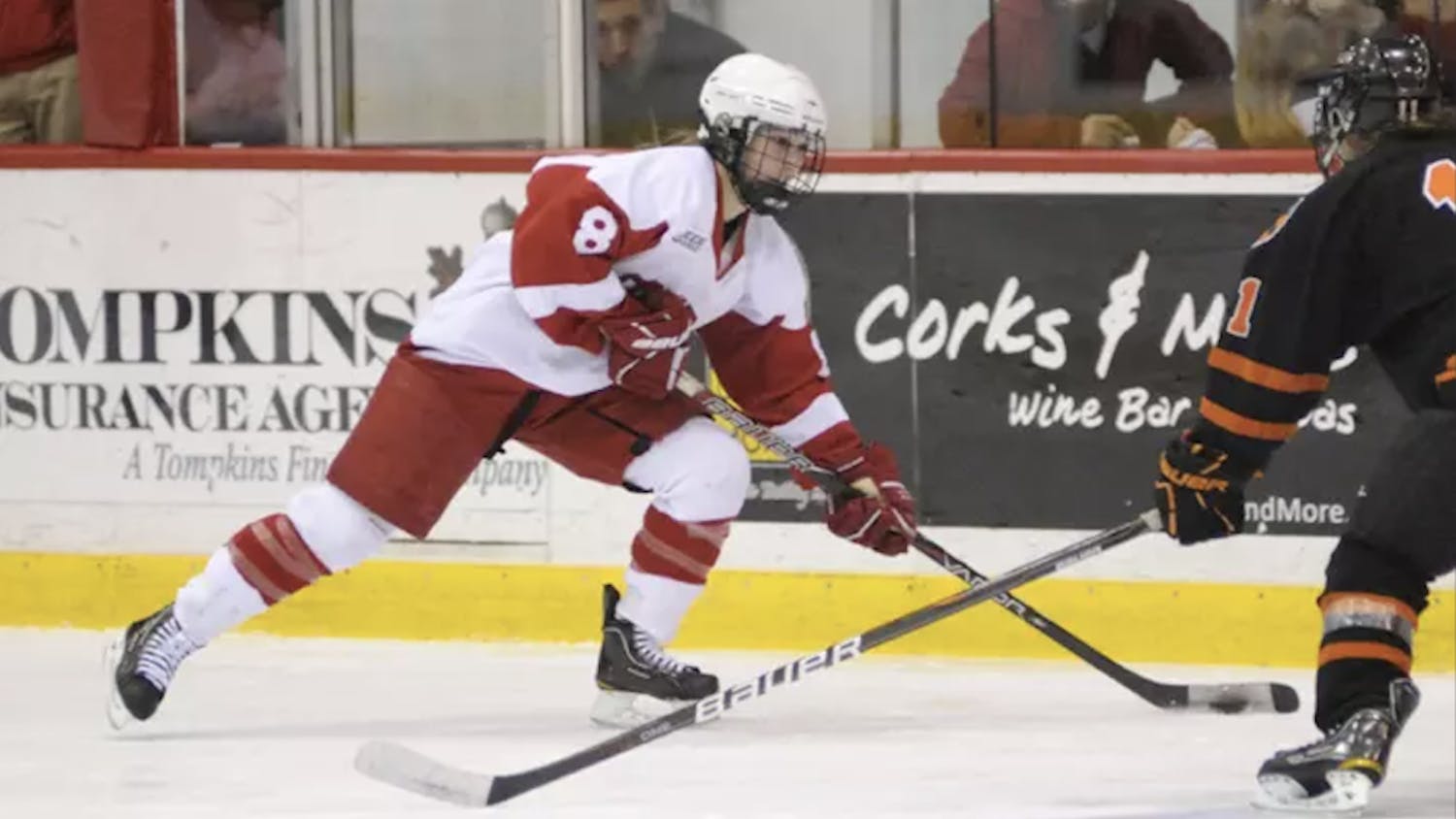The new fences lining campus bridges, which have provoked some criticism from students, became a venue for self-expression Wednesday. Strung on the bridges Wednesday were several pieces of underwear that a group of students hoped would make the grey metal chain link a little brighter. “I think removing portions of the fences would be a more appropriate gesture,” he said. The student, who wished to remain anonymous, said that he spent some time Wednesday walking along the bridge looking at ways to deface the fences. He looked for portions to cut with wire cutters, he said. Dean of Students Kent Hubbell ’69 said that he is talking with other administrators about how to regulate expression on the fences. “There are going to be some ground rules regulating appropriateness,” Hubbell said. He expects that Vice President of University Communications Tommy Bruce, Vice President of Student and Academic Services Susan Murphy ’73 and other administrators will be determining exactly what is appropriate and what is not. Hubbel said that no official rules or policies were written down and that he did not expect the rules to be strictly prescribed. “I suspect that we’ll know it when we see it,” he said. Hubbell said that he viewed the underwear event as a form of expression that is inappropriate and that he would move to take them down. Though the Facebook group said that the underwear was meant to be positive, David Rosenberg ’11 saw the underwear as an expression of negativity. “I think it makes a mockery of the people who died,” he said. “This is the last place that these people were alive. And that’s important symbolically.” Rosenberg, who is against the fences, said he is looking into other ways to protest the construction of the fences using the fences themselves. “To walk past these huge fences and feel like I’m in a concentration camp — I don’t like it at all,” he said. Hubbel said the flowers that had been placed on the fence were an example of an appropriate way to add beauty and use the fences for expression. Becky Cripps ’11 was one of the students responsible for the flowers that have been weaved into the fences. “I did it partly for myself,” she said. “Walking across [the bridges] on Monday was kind of like being sucker punched. They are a big, ugly reminder of what happened. I don’t know if [the flowers] make the fences less ugly, but if they turn a scowl into a smile when someone walks by, then it’s worth it.” Other Facebook groups call on students to follow Cripps’ lead. Cripps said that she is excited that other students are doing the same. “If everyone does one fake flower, maybe we can make the fences beautiful,” Cripps said. Though many students have voiced concerns about the impression that fences leave on prospective students, Gila Belsky ’13, a Cornell tour guide, said that expressions on the fence and attempts at trying to beautify them carry only a personal significance for students and do not impact prospective students greatly. Belksy said most of the tours never cross the bridges, so they do not see students’ efforts to beautify the bridges. “During the main campus tour, people can see it in the distance, but they don’t have the opportunity to take it in,” she said. “[Beautifying the bridges is] a nice thing for students, though.” However, despite low exposure to the fences, prospective students often raise questions about suicide at Cornell after seeing national news stories. Alma Aldrich ’10, who has been leading tours for four years and is now a student manager of the program, has confidence that her fellow tour guides can handle these questions appropriately. “We have a selective hiring process and intensive training, and we are confident in all our tour guides to speak their minds about what’s going on and say it in an appropriate way,” she said. Aldrich said that the tour guides had their first staff meeting since the construction of the fences yesterday. The general manager of the program, rather than telling tour guides what to say, simply discussed how guides are handling the questions and shared ideas about the best ways to respond. The manager also gave the guides information regarding the University’s response so that they can pass the information along to people on tours, Aldrich said. With this information and with personal experiences, tour guides are highlighting the things that the community has done in response, the services offered at Gannett and their own personal experiences. “It’s reassuring for parents to see people giving tours who are happy, involved students,” Aldrich said. She also said that the fences are an easy way to highlight the fact that the University is actually doing something to remedy the situation. Original Author: Juan Forrer
Bridge Fences Become a Forum for Student Expression
Read More










